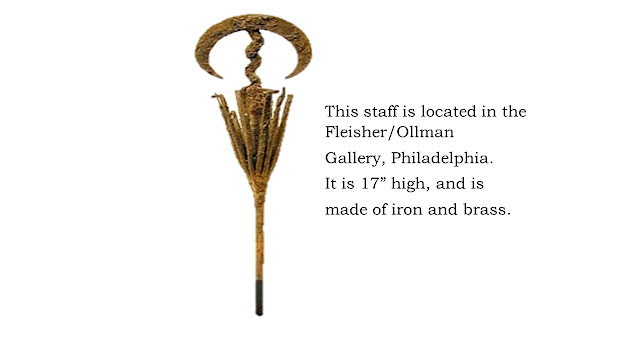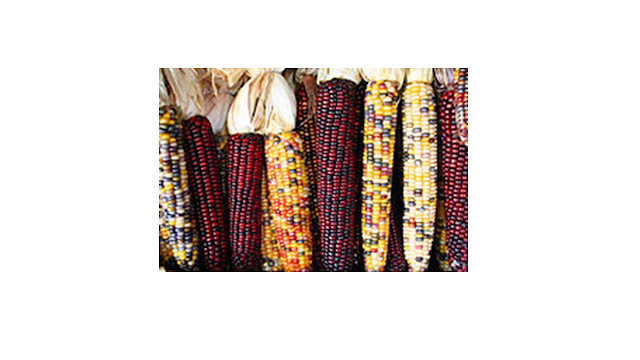Discussion Board Forum 4
Rhonda Ray
HIWD 320 Africa
Liberty University in Lynchburg VA
Benin’s mining sector produces a lot of minerals. Minerals like gold that is found in the northwest part of the country. It is produced from alluvial sediments by artisanal miners in the villages of Kwatena and Tchantangou, near the Atakora Mountains on the Perma River.[1]
Benin’s shores where once the departure point of
slaves across the Atlantic. The wealth of the country took a huge turn after
the Benin Massacre in 1897.
Despite the introduction of modern technology,
automobiles and computers; and the transition to a democratic government
Benin’s economy is still underdeveloped. Their export earnings rely entirely on
products such as Maize, peanuts, yams, rice, pineapples, cashews, cotton, palm
oil, cocoa beans, and coffee to countries such as Portugal, Italy, France, Thailand,
Taiwan, and the U.S.[1]
Benin also trades with France, Korea, Japan, India
and the Netherlands. France is its
leading source of imports. Benin’s is
rich in natural resources. The country’s
natural sources included chromite, low-quality iron ore, ilmenite, and titanium
timber, cement, clay, gold, sand, and gravel. These minerals do not play a role
in Benin’s economy.
The few tropical forests that are left in Benin contain iroko, teak, samba and other tropical hardwoods. In the southwest and central areas of Benin, you will find a species of plant called Khaya grandifoliola or African mahogany. People in these areas use the bark and the seeds from the mahogany’s trees to produce an antimalarial remedy for the treatment of the P. falciparum parasite. Mahogany is also used for boat building, cabinetry, furniture and interior construction.
 |
Benin Exports by Product 2016
|
The few tropical forests that are left in Benin contain iroko, teak, samba and other tropical hardwoods. In the southwest and central areas of Benin, you will find a species of plant called Khaya grandifoliola or African mahogany. People in these areas use the bark and the seeds from the mahogany’s trees to produce an antimalarial remedy for the treatment of the P. falciparum parasite. Mahogany is also used for boat building, cabinetry, furniture and interior construction.
Benin’s mining sector produces a lot of minerals. Minerals like gold that is found in the northwest part of the country. It is produced from alluvial sediments by artisanal miners in the villages of Kwatena and Tchantangou, near the Atakora Mountains on the Perma River.[1]
Half of the electricity in Benin is generated by
plants located in Cotonou, Bohicon, Parakou, and in Porto-Novo. The other half is shared on the southern
border with Togo at the Mono River Dam.
Other Benin’s natural resources included oil, which
was discovered in the Sémé field near Cotonou in 1968. By 1986 these offshore fields were pumping
8,000 barrels of oil a day according to a report by Serge-David Zoueme but quit
after 8 years.
[1]https://www.zamboanga.com/z/index.php?title=Benin
[2] https://www.zamboanga.com/z/index.php?title=Benin















